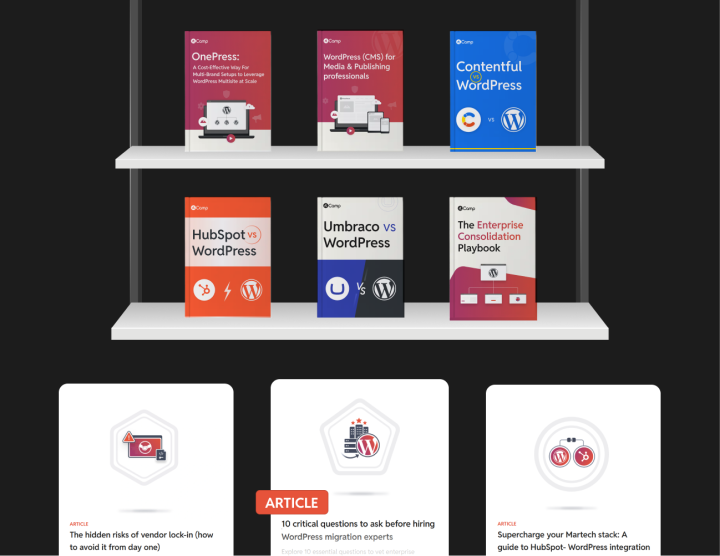Sanity CMS vs WordPress: Middleware and extensibility
Extending the functionality of your Content Management System (CMS) is crucial for tailoring it to your business needs. In context of Sanity vs WordPress, both platforms offer mechanisms to enhance and customize their platforms, each with distinct approaches and considerations.
Sanity: Middleware for custom workflows
Sanity enables developers to create custom middleware solutions for tasks like logging and validation. Middleware sits between the content input and output processes, ensuring that data meets specific business rules before being published or logged.
For example, a company using Sanity for event management could implement middleware to validate that all event entries have a title, date, and location before publishing them. Middleware can also log changes made to content, providing visibility into who updated what and when.
Sanity’s GROQ-powered middleware offers a high degree of customization, which is particularly useful for businesses that need precise control over content workflows. Developers can define exactly what happens when content is created, updated, or deleted.
However, this approach requires a technical team to set up and maintain, as even simple middleware tasks may involve custom scripting. Additionally, for complex workflows or integrations, the time and expertise required can increase project costs.
Sanity excels in customization, but its reliance on cloud hosting and developer-driven middleware makes it a better fit for your organization with technical resources.
WordPress: Middleware-like functionality with hooks and plugins
WordPress takes a different, more user-friendly approach to extensibility. Its extensive ecosystem of plugins and middleware-like hooks (actions and filters) allows businesses to add or modify functionality without needing heavy coding expertise.
For example, suppose a business wants to log user activities or validate form submissions. In that case, it can use plugins like Activity Log or GravityForms, which already have built-in features for these tasks. Additionally, developers can use hooks to insert custom functionality at specific points in the workflow.One of WordPress’ standout advantages is its plugin repository, which includes over 60,000 plugins covering everything from security to automation. Comparing WordPress vs Sanity, you can often find pre-built solutions with WordPress for your exact needs, reducing development time and costs.







